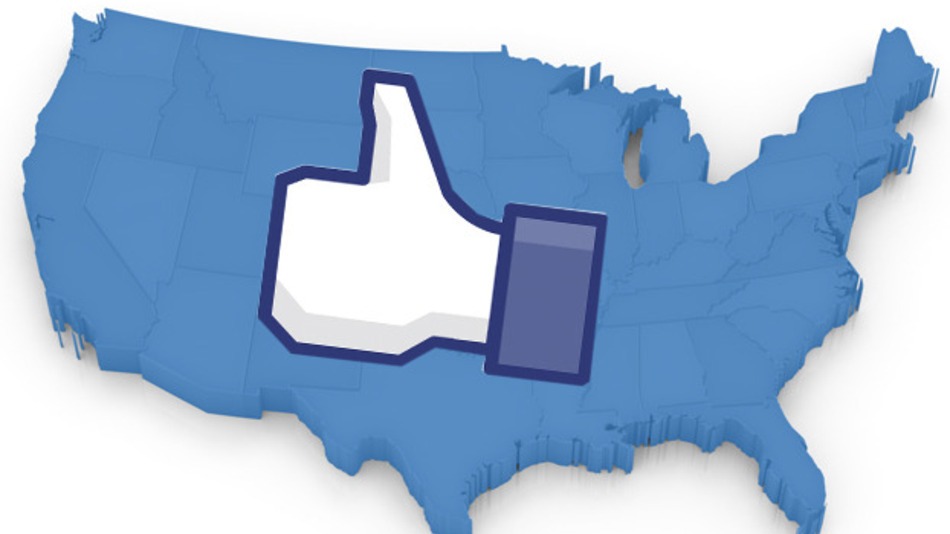For the past few months, brands have experienced a decrease in the organic reach of their Facebook fan pages. Initially, many thought this was Facebook’s push for more paid advertising and paid promotion, but then the social network finally released its own explanation for why reach is decreasing.
Organic reach is important to all brands as it greatly impacts the potential audience of its updates and the resultant value Facebook can provide, whether it be simple engagement in the forms of “likes” or comments, or the wider advocacy of sharing and more tangible results of clicks, site visits, or actions.
Facebook also stated, “To choose which stories to show, News Feed ranks each possible story (from more to less important) by looking at thousands of factors relative to each person.”
This relative importance is a key message that every page needs to consider, and it can be condensed into a simple mantra: Are you posting the right content to the right people at the right time?
Here are five key tips that could help you to achieve greater reach and page engagement.
Consider the content you share on Facebook
They say a picture tells a thousand words. Our research identifies images as delivering, on average, the greatest number of “likes,” shares, and comments of any update type. A simple tweak for your page would simply be to add more images, which could bring your average engagement rate up. With more engagement comes greater relevance and potential interest to Facebook.
Remember, you can share an image and a link. So, if you want to share a link, add an image first to gain attention then add the link. This will still provide a link to the website but with a greater potential for engagement than a link alone and give you greater control of the message.
Make the image work harder
Most image updates encompass a visual and the key message in text below. However, you could combine the two for even greater effect. Putting your message into the image will ensure quicker recognition of your key points and greater opportunity to maintain a brand style across all updates. If you don’t have access to a design team, there are plenty of online tools, including Canva, that can make good-looking images.
Add a call to action for increased “likes” or shares
If you want more “likes,” ask for them. And if you want more shares to grow your organic reach, ask people to share. Our research shows updates that include a call to action (“like this,” “share this”) can achieve up to a fourfold increase in “likes” per post. Of course, you also need to ensure your content is worth sharing.
Optimize your posting times for the greatest potential reach
One of the reasons for decreased organic reach, as stated by Facebook, is the sheer volume of content posted at any one time. To achieve greater organic reach, you need to consider when your audience is active, and when your competitors are not.
Most brands stick to typical office hours when posting to Facebook, which may not be the best time for potential reach because your audience may not be active or because your competitors are also active at this time, increasing the potential noise to cut through. Your standard Facebook insights will show the most popular updates and the time they were posted. However, this is only historic analysis based on previous activity. If you have never posted on the weekend, Facebook insights can’t tell you how well it performed.
Consider when your audience would most likely be online, and check your website analytics for further clues. Check out your competitors’ posting times to plan more updates when they are quiet. Adopt a test and roll out approach to extend your posting times into evenings and weekends.
Don’t forget to engage
Engagement on Facebook is not just about generating “likes” and shares. It is also much about interacting with the audience and rewarding their investment of time with some of your own. On average, we see brands follow up on less than 1 percent of all their posts.
Not every post will necessitate a response, however an ongoing dialogue with fans could give brands greater potential for advocacy and sharing while further rewarding fans for their engagement.
Source: http://www.imediaconnection.com/content/37154.asp#CyG5cbYjo8mBpgDu.99



 MEWS is a full service web development Internet marketing company and technology integrator founded in 2003, by leading industry consultants with previous technology experience.MEWS is an Internet services and solutions company with interests in website development – Mobile applications– domain name registrations - web hosting.
MEWS is a full service web development Internet marketing company and technology integrator founded in 2003, by leading industry consultants with previous technology experience.MEWS is an Internet services and solutions company with interests in website development – Mobile applications– domain name registrations - web hosting.